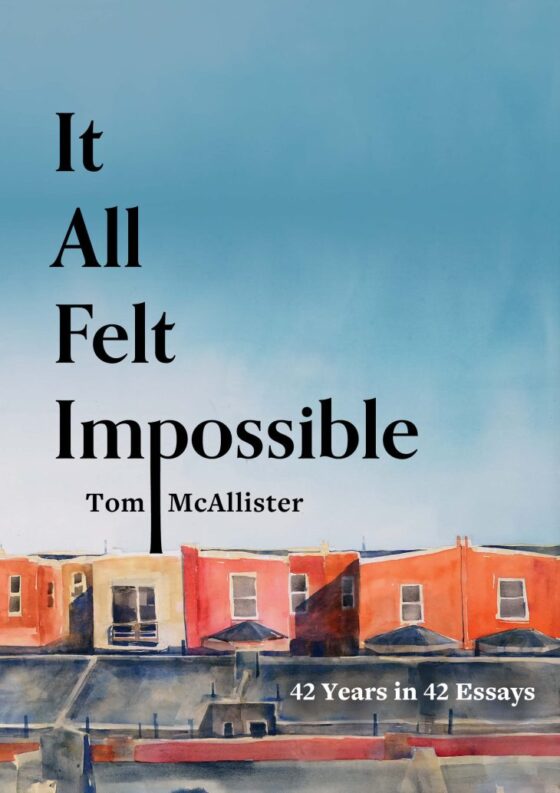This is the week of fantastical fiction, of the weird and the magical, of re-imagining fairy tales and urban legends, of making the familiar strange and the strange familiar. On Tuesday, a new edition of Angela Carter’s seminal 1979 story collection The Bloody Chamber was released to mark what would have been Carter’s 75th birthday, had she not passed in 1992. The edition comes with a great new introduction by Kelly Link that you can read at Guernica.
Angela Carter’s influence is far-reaching. It manifests in contemporary fabulist writers such as Kelly Link, Aimee Bender, Alissa Nutting, and Amelia Gray. But it doesn’t end there. Carter’s stories offer lessons to writers of all stripes, not just fabulists. Link lists just a few of these in her introduction:
The things that I needed, when I was beginning to think about writing short stories, were the things that I found in The Bloody Chamber. I needed to see how stories could be in conversation with other stories. I needed to see how playfulness and generosity and friction—of ideas, in language, in the admixture of high and low, the mythic and the psychologically realistic—were engines for story and structure and point of view.
As Link points out, Carter is a master at mixing. Her stories are simultaneously playful and somber, horrific and humorous. She places fairy tales and the known world side by side and shows us how to draw meaning and truth from the juxtaposition. She inverts and re-invents familiar stories and throws us just enough off-balance to achieve a new perspective.
Take “The Lady of the House of Love,” which Electric Literature’s Recommended Reading republished on Wednesday. Carter gives us a terrifying but mawkish vampire countess, the last descendent of Vlad the Impaler, who would be perfect, “except [for] her horrible reluctance for the role.” In the following passage, a young English soldier has coffee and biscuits with the Countess in her crumbling castle, unaware, of course, that she might eat him later:
If she takes off her dark glasses, from her eyes will stream all the images that populate this vampire-haunted land, but, since he himself is immune to shadow, due to his virginity—he does not yet know what there is to be afraid of—and due to his heroism, which makes him like the sun, he sees before him, first and foremost, an inbred, highly strung girl child . . . And though he feels unease, he cannot feel terror; so he is like the boy in the fairy tale, who does not know how to shudder, and not spooks, ghouls, beasties, the Devil himself and all his retinue could do the trick.
This lack of imagination gives his heroism to the hero.
He will learn to shudder in the trenches. But this girl cannot make him shudder.
Carter turns from horror, to humor, to horror, to humor, to startlingly true, actual horror in the allusion to the trenches of WWI. Every turn is seamless, and every juxtaposition highlights and complicates the juxtaposed. As we read about a bloodthirsty but maudlin vampire, as we laugh knowingly at virginity jokes, as we shake our heads at the naïveté that gives heroism to our hero, Carter unexpectedly drops in the Great War. She only mentions the impending war a handful of times, almost in passing, but its encroaching terror hangs over the story like the Countess’s interior refrain of, “Now you are at the place of annihilation. Now you are at the place of annihilation.” Carter presses fantasy against history and shows us that the horrors of the fantasy world are nothing compared to the horrors of our own.
*
If you can’t get enough of Angela Carter-esque short fiction, read Carmen Maria Machado’s “The Husband Stitch.” Published by Granta last year, the story was announced earlier this month as a nominee for this year’s Shirley Jackson Award. Machado’s story uses urban legend to offset an otherwise mostly normal tale of a courtship and marriage. Emphasis on mostly normal, as the wife and narrator wears a green ribbon around her neck that must never, ever be removed.
While shopping for her wedding dress, the narrator remembers an urban legend about a bride who bought her wedding dress second-hand and later died of poisoning by embalming fluid. Turns out the dress had been stolen from the corpse of another bride before her. The conclusion Machado’s narrator draws from this tale?
The moral of that story, I think, is that being poor will kill you. Or perhaps the moral is that brides never fare well in stories, and one should avoid either being a bride, or being in a story. After all, stories can sense happiness and snuff it out like a candle.
Like Carter before her, Machado combines humor and horror to an evocative and disturbing effect. A hallmark of fantastical fiction, or magical realism, or fabulism—whatever you want to call it—is its ability to construct an alternate reality, one maybe only a few degrees removed from our own or maybe in a different dimension entirely, and use this other world to expose essential truths in ours. It’s all in the mash-up. Humor and horror, real and surreal, magic and mundane. The truth is somewhere in the middle.




